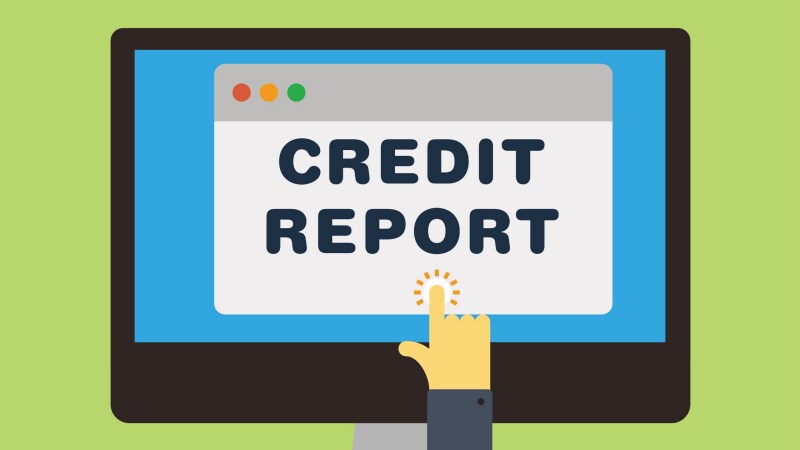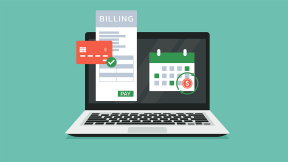What to know about child identity theft

The number of child identity theft cases continues to grow. That’s possibly due to the growth of social media and the increase in online data markets. We’re here to explore what it means for a minor’s identity to be stolen and how it can happen.
What is child identity theft?
Child identity theft happens when someone takes a minor’s personal information and uses it to engage in fraudulent behavior. This sometimes means opening a credit card account, but your child's information might also be used for filing government benefits, renting property or applying for a loan. Above all, child identity theft is a violation of your child’s financial well-being and credit potential.
Often child identity theft doesn’t come to light until they reach the age of 18. That’s because children may not hold credit accounts until they’re legally adults. In most cases, the first time a minor applies for credit may be when they’re heading to college and seeking student loans. If their identity had unknowingly been stolen and their credit negatively impacted, they may be rejected for the credit card they applied for or be given higher interest rates on a loan.
How does child identity theft occur?
Though it may be difficult to imagine, child identity theft can be quite common. In fact, a decade ago Carnegie Mellon concluded a study on child identity theft and found that children are about 51% more likely than adults to experience identity theft.
The person who steals a child’s identity may be someone the child knows, such as a family member or someone in the child’s community, in person or online. One of the reasons for this is the potential access that person might have to the minor's personal information. After all, when you register a child at school, camp or childcare, their birthdate and Social Security number are often required. Moreover, your child's information may be exposed online after they enter details such as their birthday or address in unsecure websites.
With a child’s birthdate, full name, address and Social Security number (SSN), a thief can use this data to fill out credit and benefit applications. They could do this pretending to be the child’s parent. Other times within the anonymous shield of the internet, a thief may play the child’s role in the application process.
Those looking to commit fraud may target children’s identities because a child typically hasn’t built a credit history yet. So, the applications using their identity may get approved thanks to the child’s clear credit. Let’s look at some ways to help identify if a child’s identity may have been stolen.
Signs your child’s identity may have been stolen
Below are a few indicators that a child’s identity may be vulnerable or compromised.
- Denied student loan application: If your child is given higher interest rates than expected for a federal student loan, which doesn’t have credit requirements, it can signal a breached identity. That’s a likely scenario if you and your child have never applied for credit of any kind in your child’s name.
- Credit history: If your child has a credit history at a young age it can be an indicator that your child’s identity may be compromised or has been stolen. A credit history is past credit behavior, such as past payments and outstanding balances, that populate your credit report.
- Strange unpaid bill: If you receive an unpaid bill in your child's name, it could be a tipoff to a strange credit account opened with your child's identity.
- Benefits denial: If your family’s benefits are denied even though your situation meets eligibility criteria, an identity thief may already be collecting benefits using your child’s identifying data.
Monitoring your own credit
Learning about how a child’s identity can be stolen and used and the impact that could have on their credit may be a good reminder of the importance of knowing where your credit stands. Chase Credit Journey® has a range of tools that can help you keep track of your creditworthiness.
You can check your credit score for free and without affecting it with Chase Credit Journey®. And with credit monitoring, you can get insights into changes to your credit report and how they may have impacted your score. You can get alerts that may notify you about certain activity on your accounts, such as timely or late payments or new credit applications. Combining all this knowledge can help you in building better credit and keeping an eye out for potentially unusual activity, which could mean possible identity theft. When a child turns 18, they can take advantage of all these tools as well and start their own path toward building a solid credit foundation.
In addition, Chase Credit Journey® offers data breach monitoring that can tell you if a data breach includes your personal data, as well as Social Security number tracking that can keep you aware of activity linked to your SSN. There are also identity verification alerts that can update you if a creditor or lender verifies your identity for a credit check.
In summary
The notion of child identity theft can be scary but knowing more about how it happens can help put you at ease. It may even serve as a reminder to keep tabs on your own identifying information and credit. With tools like Chase Credit Journey®, you can check your credit score for free and receive alerts if your information may have been exposed. Identity theft can happen to anyone — child or adult — and staying proactive can help protect your credit now and for the future.



